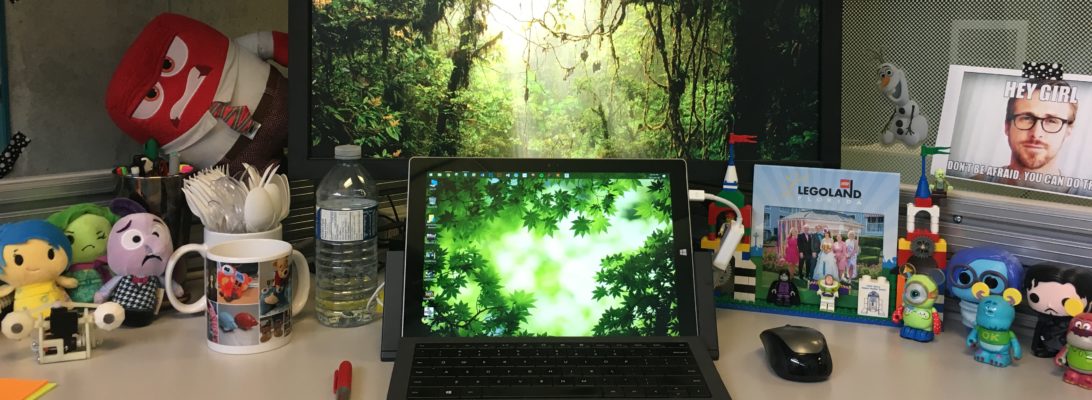Back in 2007, I was fortunate enough to be part of the a Canadian Distributed Mentor Project (CDMP) which is now known as the Collaborative Research Experiences for Undergraduates – Canada (CREUC)). The CDMP is a program that encourages undergraduate women in Computer Science and Computer Engineering to go to graduate school. It matches female students who have finished their 2nd or 3rd year of undergraduate studies with female professors for a summer of research and mentoring. Participating in the program was a really great experience for me, as I got to work with Dr. Eleni Stroulia and on wiEGO,a java based applet that interacts with an open source content management system, Moodle, and a wiki, to assist Junior High students with their group projects. wiEGO supports the inter-play linguistic and spatial-visual intelligences held by the collaborating learners though the of a visualization toolkit. A report that I wrote up about the project is available here.
A few days ago, I was contacted by Audrey Plasse, a teacher in Vermont with the Green Mountain Central School District, whose student’s had stumbled a list of resources that I used during the project. They found a new link about Freidman’s Pyramid that they (and I) find to be very informative and thought that it should be added to my resources page. I wish that I found it when I was working on the project! Although I no longer have access to the original webpage, I wanted to repost the resources page here so that others could find it and I can easily add to it.
Story Structure & Dramatic Elements:
- A Tangible Platform for Documenting Experiences and Sharing Multimedia Stories
- Analyzing a story’s plot: Freytag’s Pyramid
- An online resource guide to Freytags Pyramid
- Character Perspective Charting: Helping children to develop a more complete conception of story Dramatic Structure
- Plot Structure
- Reflection on the Planning, Implementation and Evaluation of Literary Sessions Taught in Autumn Term School Experience
- Story Arc
- Us++: Tools and Methodologies for Personal Reflective Story Construction
Collaboration, Student-Centered Learning & Wiki Links:
- A Tangible Platform for Documenting Experiences and Sharing Multimedia Stories
- America’s Digital Schools: A 5year Forecast
- An Overview of Current Research on Automated Essay Grading
- Corporate Wiki Users: Results of a Survey
- Effective Strategies for Cooperative Learning
- From Wikipedia to the Classroom: Exploring Online Publication and Learning
- Navigating the Bumpy Road to Student-Centered Instruction
- One-to-One Mobile Computing – Literature Review
- Positive Interdependence, Individual Accountability, Promotive Interaction: Three Pillars of Cooperative Learning
- Reflective Pedagogies: Conflicting Stories from the Computer Lab
- Reflective Teaching: Situating Our Stories
- TA Reflective Practitioner
- The Foundation Coalition Active/Learning Turning Student Groups into Effective Teams
- Using Cooperative Learning 100% of the time in Mathematics Classes Establishes a Student-centered Interactive Learning Environment








